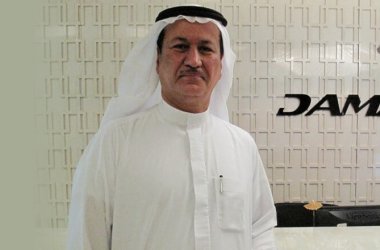HP is preparing three new software capabilities that are designed to help enterprises pool their computing and storage resources across a network.
The advances will aim to make it easier for IT departments to link data centres spread around the world, shield multiple tenants’ virtual machines from each other and control storage from virtualised appliances.
HP is adding the features to its HP Converged Infrastructure arsenal, which is part of the company’s SDN (software-defined networking) strategy, according to Kash Shaikh, director of marketing for HP Networking. In at least one case, it’s positioning the technology directly against products from Cisco Systems, which is its main rival as SDN takes shape.
To combine geographically dispersed data centres into a virtual whole so data and virtual machines can be moved among them, HP plans to introduce later this year its HP EVI (Ethernet Virtual Interconnect) software. EVI will take what has been a complex, months-long project and reduce it to a “single touch” task that takes just minutes, Shaikh said. EVI is a feature coming to HP’s 12500 Switch Series that will ship on future switches and be available free to current customers. It can link as many as eight data centres.
Moving VMs across a data centre requires switched Layer 2 networking, but most wide-area networks use Layer 3 routing. To overcome this barrier, EVI creates a tunnel through the Layer 3 network by encapsulating the packets travelling between the data centres, Shaikh said. Rival Cisco already has software that can do this, called OTV (Overlay Transport Virtualisation), but it charges extra for that software, Shaikh said.
Another software enhancement to the 12500 switch, called MDC (Multitenant Device Context), allows for segregating the resources of multiple tenants in a virtualised environment without buying separate switches. This secures the data and applications of one department or cloud service customer from other tenants.
It’s possible to do this now, but it typically requires a separate physical switch for each tenant, Shaikh said. Other methods, such as multiple virtual LANs, don’t guarantee the security that’s needed, he said.
MDC can create separate logical switches within a 12500 switch, each dedicated to one tenant. The switches are completely isolated from each other, according to Shaikh. This has the same effect as setting up separate switches but reduces hardware cost and complexity, he said. MDC also works with EVI, so multiple tenants can take advantage of resources across many data centres, he said.
HP is also set to release a new product next month, called StoreVirtual VSA, for virtualising storage management. The software is based on VSA (virtual storage appliance) technology from LeftHand Networks, which HP acquired in 2008.
VSA puts the functions of a physical storage appliance into a VM, allowing users to manage storage volumes without dedicated hardware that takes up space and power. The virtual appliance and the volume it manages appear to an administrator like a physical storage node. StoreVirtual VSA can run on any x86-based server platform and work with a mix of VMware and Hyper-V hypervisors. That cross-vendor capability sets it apart from other products on the market, said Dale Degen, SAN marketing manager for HP Storage.
The idea behind the StoreVirtual software is to bring the benefits of virtualisation, including flexibility and cost and power savings, to storage management. It includes features for resiliency and can work with information-protection tools, according to HP. Virtualising these capabilities can cut costs and power consumption significantly, the company says. LeftHand originally aimed this technology at remote offices and small and medium-sized businesses, but it’s becoming attractive to larger organisations too, according to Degen.
At this point, StoreVirtual VSA is intended mainly for direct-attached storage, Degen said. But he sees the launch of the product, which is due to ship in September starting at US$700 per license, as a coming-of-age moment for the LeftHand technology. HP will continue to invest in the product and is working on additional features for higher capacity and performance, he said.






